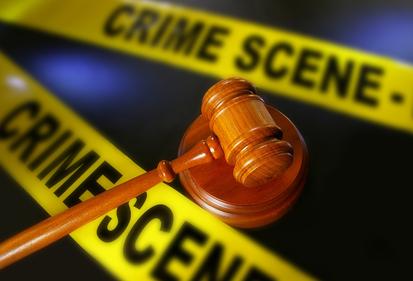As California lawmakers continue to fight with Uber, the ride-sharing company continues to grow.
Many fans of the app-based services prefer Uber or Lyft over taxis, citing the ease of use, simple payment system, and availability. There are now more options than ever to avoid driving under the influence. These companies note that their services contribute to a decrease in DUI deaths.
Independent Research Proves the Theory
Temple University Study
Now, an independent study from researchers at Temple University appears to back up Uber’s claims. The research paper, titled “Show Me the Way to Go Home: An Empirical Investigation of Ride Sharing and Alcohol Related Motor Vehicle Homicide,” looked at the entry of Uber services along with the rate of alcohol-related motor vehicle homicides. According to their results, the entry of Uber into markets in California between 2009 and 2013 suggests a significant drop in the rate of motor vehicle homicides during that time.
The research, conducted by Temple business professors Brad Greenwood and Sunil Wattal, finds a decrease in drunk driving deaths of between 3.6 to 5.6 percent. The possible reasons for this reduction appears to mirror the reasons behind customer preference of the apps over traditional taxis: cheaper prices and easier access.
MADD Study
Uber makes similar claims about the link between their service and a decrease in drunk driving. However, those claims receive more skepticism. “More Options. Shifting Mindsets. Driving Better Choices,” a study done in conjunction with Mothers Against Drunk Driving (MADD), supports this claim as well. Their report finds that drunk driving crashes fell by 60 per month in California among drivers under 30.
The report indicates that having more options for a ride home is empowering people to make better choices In Miami, Florida, Uber ridership peaks around the same time as peak drunk driving crashes. Pittsburgh shows a peak in ridership around 2 a.m., closing time for bars. Uber also reports a decrease in drunk driving arrests by 10% in Seattle. The reduction follows the introduction of their service in the city. Critics claim thhe car service overstates the correlation.
In addition to analyzing ridership and accident rates, a sample survey in the largest cities operation shows some interesting statistics. It reveals close to 88% of respondents over 21 agree with the statement that Uber has made it easier for them to get home after having too much to drink. Additionally, 78% said their friends are less likely to drink and drive after Uber’s arrival.
Other independent analysis appears to support the idea that after Uber or Lyft come to town, people have more ride options. More ride options apparently lead to a decrease in the amount of drunk driving. Philadelphia notes a similar decrease in DUIs, especially in those under 30 years old after the introduction of rideshare.
Rideshares like Uber Still in Hot Water
Of course, many remain skeptical of such information. Time will show the reality of these claims. In fact, the long term effects of rideshare availability remain uncertain. In the meantime, the car company faces suspension and a $7.3 million dollar fine. They’re facing penalties in California for not turning information over to the California Public Utilities Commission.
The Kavinoky Law Firm
If you find yourself arrested on suspicion of a DUI, don’t fight it alone. Call Darren Kavinoky and his team of DUI lawyers at 1.800.NO.CUFFS. We staff the top DUI attorneys in California and we are here to represent you. Call 24/7. We don’t sleep – so you can.



